The Language of Stories: A Cognitive Approach
How do we read stories? How do they engage our minds and create meaning? Are they a mental construct, a linguistic one or a cultural one? What is the difference between real stories and fictional ones? This book addresses such questions by describing the conceptual and linguistic underpinnings of narrative interpretation. Barbara Dancygier discusses literary texts as linguistic artifacts, describing the processes which drive the emergence of literary meaning. If a text means something to someone, she argues, there have to be linguistic phenomena that make it possible. Drawing on blending theory and construction grammar, the book focuses its linguistic lens on the concepts of the narrator and the story, and defines narrative viewpoint in a new way. The examples come from a wide spectrum of texts, primarily novels and drama, by authors such as William Shakespeare, Margaret Atwood, Philip Roth, Dave Eggers, Jan Potocki and Mikhail Bulgakov.
{{comment.content}}
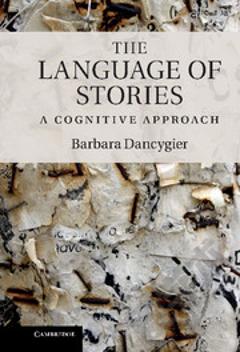
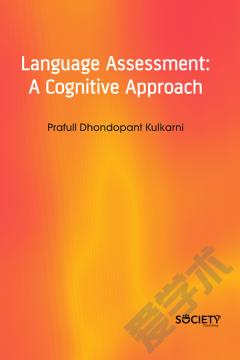
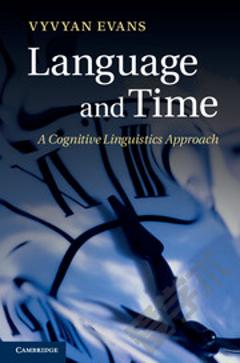

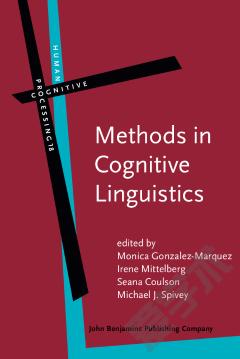

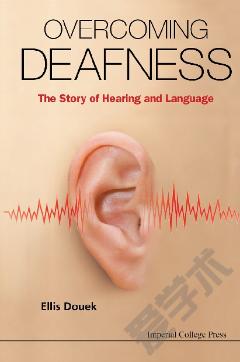

 京公网安备 11010802027623号
京公网安备 11010802027623号